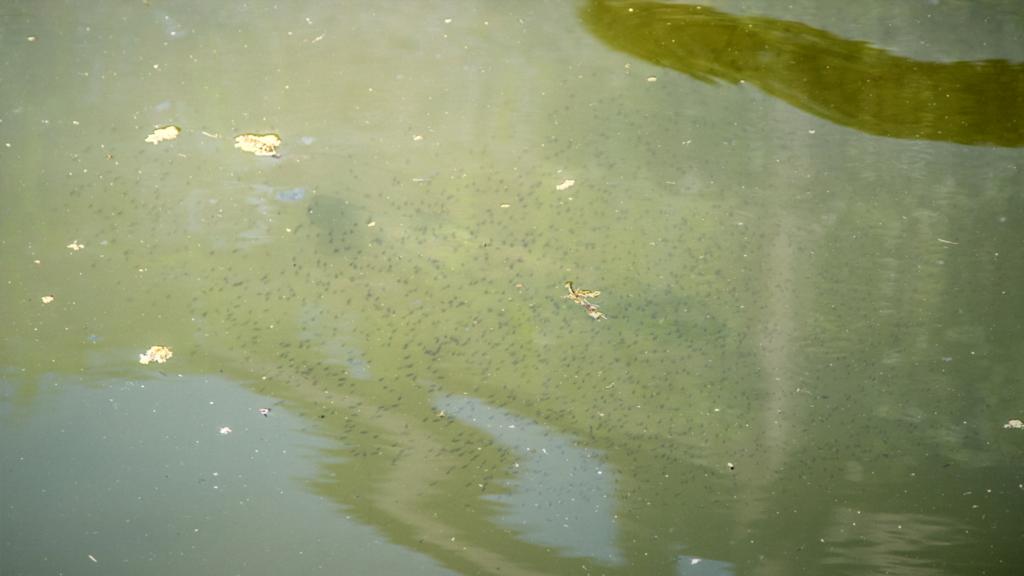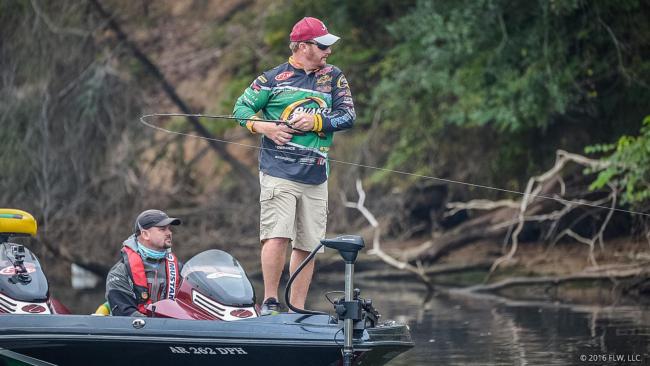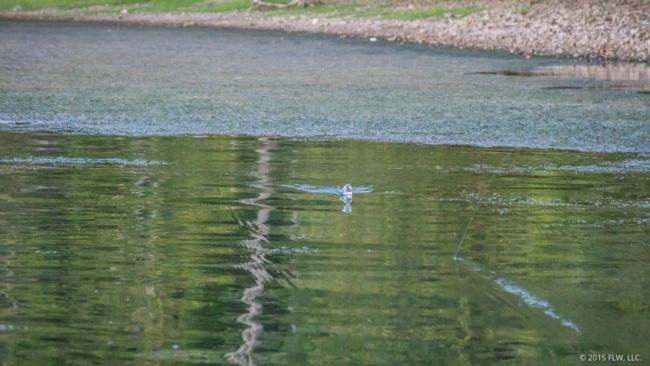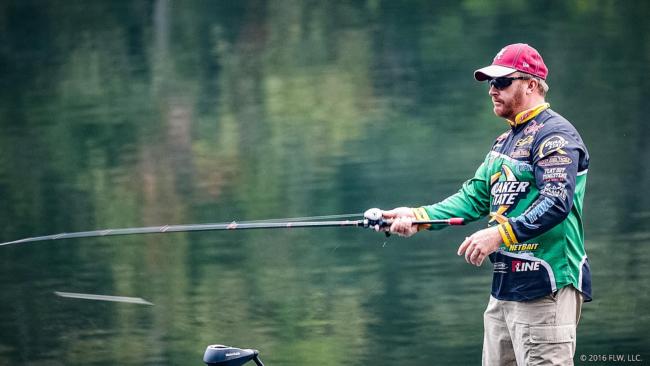Match Wits with Fry Guarders
Canterbury’s advice for capitalizing on this postspawn pattern

Scott Canterbury’s not normally a one-and-done kind of guy. He’s proven he has the patience to stick it out during a tough bite. But when it comes to bass guarding the next generation of lunkers, he sees no value in long engagements.
“The fry-guarder pattern is a good way to catch fish, but knowing where they’re at is the biggest key,” Canterbury says. “I think your best chance of catching a fry guarder is on the very first cast you make, before you see the fish or the fish sees you. Once he knows you’re there, your chances go way down.”
Indeed, when Canterbury targets fry guarders, he’s actually hoping to nab fish by blind-casting – something that he says commonly occurs during the sunrise bite.
“A lot of times in the early morning you’ll catch a fish that you didn’t know was guarding fry because you couldn’t see them in low light,” Canterbury says.
Look for fry clustering in grass, atop bushes, around laydowns and near to docks. Often, long casts near such habitat will scatter the fry and/or cause that nervous parent to swirl, boil or flash. Once the fish reveals its position, targeting the right area becomes much easier.
“It’s not a bad thing to see those fry guarders during practice or even earlier in the day and come back to those same areas and fish them,” Canterbury says.
With fry typically holding at or near the surface, Canterbury prefers a topwater like the Rebel Pop-R P70. A noisy, imposing display that he can pause near any fry he sees is often too much threat for a bass to tolerate.
One of Canterbury’s top spring choices for fishing around the shad spawn – a 3/8- to 1/2-ounce double-willow-leaf spinnerbait – also offers another great way to cover water, locate fry and irritate the protective male.
He’ll burn the bait along likely banks, and if he scatters fry without drawing a strike, he’ll fire that popper past the spot and work it aggressively through the hot zone.
If the moving baits get no love, Canterbury follows with a wacky-rigged NetBait Salt Lick – a soft-plastic stick bait. Skipping this finesse rig amid the fry and letting it shimmy down toward the bass often closes the deal.
With any bait, Canterbury stresses that you should avoid a big overhead splashdown.
“The biggest mistake you can make is spotting a fry guarder and then throwing right on top of the fish,” Canterbury says. “Throwing past the fish and working back to it is better.
“You want to make a really light presentation without a big splash by controlling how your bait meets the water. You want to not give that fish any awareness of your presence.”
Canterbury does this by making low, sidearm roll casts and then feathering his spool right before his bait enters the water. A 7-foot, medium rod with a soft tip facilitates this technique.
If this measured presentation doesn’t fool ’em, Canterbury won’t burn daylight on stubborn fry guarders. He follows a five-cast rule, and once a fish snubs the fifth, he’s gone; just not necessarily for good.
“If you leave and come back later and make long casts to that spot, you have a better chance of catching him because he doesn’t know you’re there,” Canterbury says.


